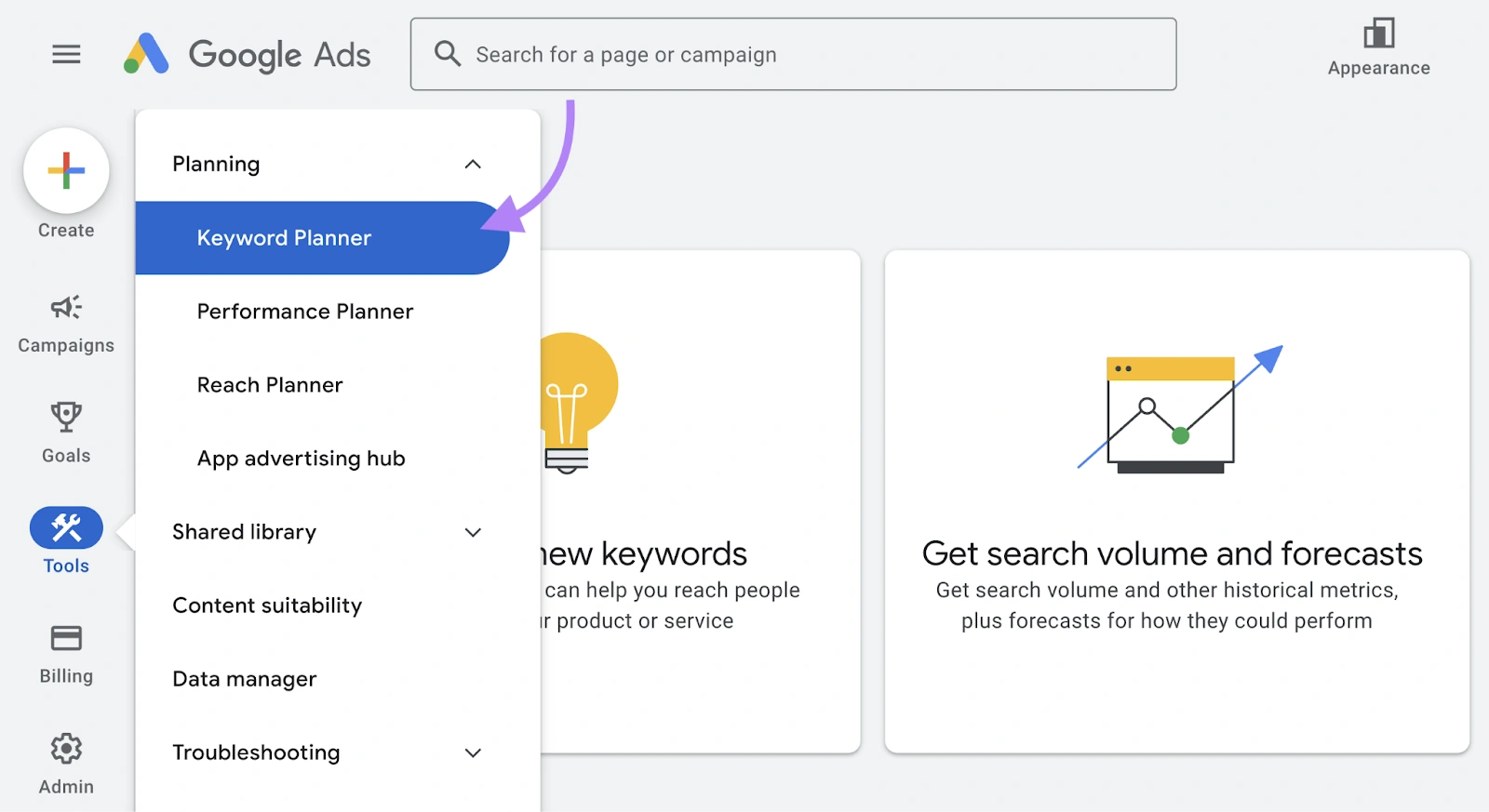
Steal This Strategy: Using Keyword Research for Competitor Analysis

Co-Founder / CTO
How are you supposed to create content that actually gets found by your ideal customers if you don’t know what they’re searching for? And how do you find that out through your competitors?
A thorough competitor keyword analysis process reveals content gaps in your competitors’ strategies. You can analyze which organic keywords they’re ranking for and where they’re dropping the ball, then swoop in with superior content to get some of their traffic and improve your SEO performance. This kind of competitive analysis can give you a significant competitive edge.
Table of Contents
Understanding the Basics of Keyword Research
Keyword research refers to basically digging into actual words and phrases your potential customers use to find what they need online. But it’s so much more than that – it’s the search intent and the different types of terms they use along their journey, forming the basis of your keyword strategy. This process will also help you understand both your direct competitors and indirect competitors.
Types of Keywords
There are essentially three main categories of keywords you need to know:
- Short-tail keywords are those broad, popular terms like "furniture" or "running shoes." They have insane search volumes but are super competitive and don't really convey much intent. These are often targeted by organic competitors with high authority.
- Long-tail keywords are more specific phrases like "modern leather sofa for small apartments" or "best running shoes for flat feet." Lower search volumes but way more targeted, often valuable keywords that are easier to rank for. Many successful SEO strategies focus heavily on these.
- Then you've got LSI (Latent Semantic Indexing) keywords, which are semantically related terms that help search engines better understand context. Think "couch," "loveseat," or "recliner" for that furniture keyword.
Search Intent and Its Importance

But here's where it gets really juicy - understanding search intent. This is huge for creating content that actually satisfies the user.
An informational search query like "What is the best sofa material for pets?" has a very different intent than a transactional one like "Buy leather sectional online." You need to optimize different types of content to match those intents. Understanding this is a key part of effective search engine optimization.
The more you can align your keywords with the specific search intent behind them, the better your content will perform. It's all about relevance—giving users exactly what they're looking for at each stage of their journey.
Essential Tools for Keyword Research
While good ol' fashioned brainstorming with seed keywords can get you started, you'll need some heavy-duty keyword research tools to really uncover those golden keyword opportunities. Luckily, there are plenty of useful keyword tools out there - both free and paid, and you just gotta make up your mind on which one to use for your SEO efforts.
First, I always recommend Google Keyword Planner because it’s free and one of the most accurate, and second, Yahini. Good SEO tools are indispensable for any serious competitor keyword analysis.
Google Keyword Planner

If you're operating on a shoestring budget, Google's Keyword Planner is a great free option. Just hop into your Google Ads account, and you can start generating lists of potential keywords along with estimated search volumes, competition levels, and cost data.
To use it, just enter a few seed keywords related to your business, products or services. Google will spit back tons of relevant keyword ideas to explore. You can filter, refine, and download the list of keywords to analyze further.
Yahini's AI-Powered Keyword Research

Now if you really want to take your keyword game to elite levels, you can always use Yahini.
Yahini goes way beyond just pumping out keyword lists. Its advanced AI algorithm actually understands the nuances of your brand, products, target audience, and competitive landscape. It analyzes all the relevant data to spit out a finely-tuned list of terms that are guaranteed to move the needle.
It automatically classifies those keywords by their funnel stage (TOFU, MOFU, BOFU) to ensure you've got a balanced strategy. It prioritizes terms based on factors like relevance, search volume, and ranking difficulty (often represented as a keyword difficulty score). You can easily filter the big list down to just the high-impact terms worth pursuing.
Yahini taps into a combo of data sources like APIs, web scraping, and Google Ads integration to bring you the most up-to-date, accurate keyword intelligence, offering valuable insights for your strategy.
It basically saves you countless hours of manual research while surfacing way more strategic keyword opportunities.
Assessing your and your competitors’ keywords
A few key metrics will be your best friends during this process: search volume, keyword difficulty, and competition levels. Evaluating each keyword through these lenses is how you determine their true SEO potential and prioritize your efforts. This forms a core part of competitor keyword analysis. Analyzing backlink profiles of your competitors can also offer valuable insights into keyword difficulty.
Evaluating Search Volume
Search volume seems straightforward enough—it's the number of people actually searching for a given search term each month. This is often referred to as monthly search volume or monthly searches. But looks can be deceiving.
On one hand, you'll want to target those high-volume keywords and short-tail keywords to capture a piece of your competitors’ pie. But don't ignore those lower-volume long-tail keywords either! While fewer people search them, those tend to be your high-intent money keywords with way better conversion rates.
The sweet spot is striking a balance between volume and intent. Go after those medium-volume terms that have purchase-minded searchers behind them. Leave the obscure long-tails and ultra-competitive head terms for another day.
For competitors, check if they're missing out on any high-potential search volumes you could swoop in and own. Are they neglecting certain keyword clusters entirely? Those are ripe opportunities and keyword gaps you can exploit.
Assessing Keyword Difficulty
Keyword difficulty estimates how tough it will be to win the first page for a term based on the current top results and the strength of organic competitors.
If the difficulty is stupid high, you're likely wasting resources no matter how perfect the target keywords are. Start by targeting those low-hanging fruit opportunities with easier difficulties.
As you build more authority over time, you can level up to that more challenging fruit. This will positively impact your search engine rankings.
The goal is keywords that balance solid traffic potential with an attainable difficulty for your current capabilities. Improving your keyword rankings for these terms should be a priority.
Also check if your competitors are ranking for keywords that may be too difficult for their current authority. If yes, then you can try to create better content and you have more chances of taking their spot. This is where SEO competitor analysis becomes particularly useful.
Creating Effective Keyword Clusters to go after more keywords at once
You know that feeling when you have a million different keyword ideas scattered everywhere? It's overwhelming. Where do you even start turning those into actual content?
The answer is keyword clustering. This powerful approach groups semantically related organic keywords into tidy little content topic buckets. Instead of trying to lasso every single keyword variation, you create comprehensive pieces laser-focused on those core clusters.

Plus, clustering allows you to be way more efficient with your efforts. You can knock out 20 keywords with one piece instead of creating 20 separate, disorganized articles.
Using Yahini for Advanced Keyword Clustering
First of all, check if your competitors are truly covering entire keyword clusters in their content. Chances are, they’re “suffering” from keyword cannibalization by creating separate and disjointed pages for every slight variation. You should look for those keyword gaps where you can publish better content to dominate these topics. A thorough keyword gap analysis is essential here.
Now clustering keywords manually is already a huge step up, but you can use Yahini to do it for you.
Yahini's advanced clustering capabilities rely on natural language processing to automatically identify semantic relationships between keywords. It looks beyond just basic keyword matching to truly understand context and relevance.
It basically gives you tidy clusters of terms that make logical sense you can group together as full-on topics. Each cluster is conveniently prioritized based on factors like search volume and buyer intent so you can prioritize the most impactful ones first.
Yahini also balances your entire content strategy across the marketing funnel. You get a perfect mix of clusters for top-funnel awareness, middle-funnel evaluation, and bottom-funnel purchase content.
Integrating Competitors’ Keywords into Your Content Strategy
So you've analyzed your competitors' keywords and identified some opportunities they're missing out on. This detailed competitor keyword analysis is a great starting point.
Nice work!
But you can't just start blindly stuffing those terms into your existing content.
The key is naturally incorporating those hard-won competitive keywords in a strategic, user-focused way. Map them to your actual content topics and let them guide your messaging, not the other way around. Effective keyword usage is critical for search rankings.
Create dedicated content pillars that cover entire clusters of semantically related keywords. Don't just optimize a single page for that transactional "best CRM software for telemarketing" keyword if you can knock out that entire product category's worth of terms in one fell swoop.
Within those pieces, make sure to use competitor keywords in titles, headers, body copy, image alt-text, and basically any on-page element that makes sense.
But do it naturally!
Read your work out loud and make sure it flows and sounds human.
Balancing Keywords Across the Marketing Funnel
As you incorporate those new competitor terms, make sure to map them across your entire marketing funnel too. Some will be prime for top-funnel awareness content, while others are primed for mid-funnel evaluation or bottom-funnel purchase content.
Don't fall into the trap of only creating the same type of content. A healthy strategy needs a balanced mix of keywords and content types to guide users through their entire buyer's journey, ultimately aligning with your business goals and expanding your customer base.
From there, you can create purposeful content workflows that systematically guide your audience through the entire buyer's journey using those competitor terms.
Implement competitor keywords, SMARTER
Let's quickly recap the key takeaways:
Thorough keyword research is the foundation for understanding your audience, creating relevant content, and driving targeted organic traffic. But it's also an X-ray of your rivals' marketing tactics. A robust competitor keyword analysis is crucial for effective SEO strategies, and using competitor keyword analysis tools can make this process much more efficient.
Don't just go after random keywords, though. Map them to your marketing funnel and create comprehensive cluster content that covers entire topics, not just keywords. This allows you to maximize topical relevance and ranking potential. This is how you identify significant content gaps your competitors have left open.
Seems like a lot of work, right?
It absolutely can be...if you try to DIY this process. But that's where Yahini can help you…
Yahini offers you the strategic advice you need to create a content strategy from the ground up. Its AI has been trained by seasoned content strategists, providing you with expert-level content briefs right at your fingertips.
Ditch the generic outlines! Sign up now.